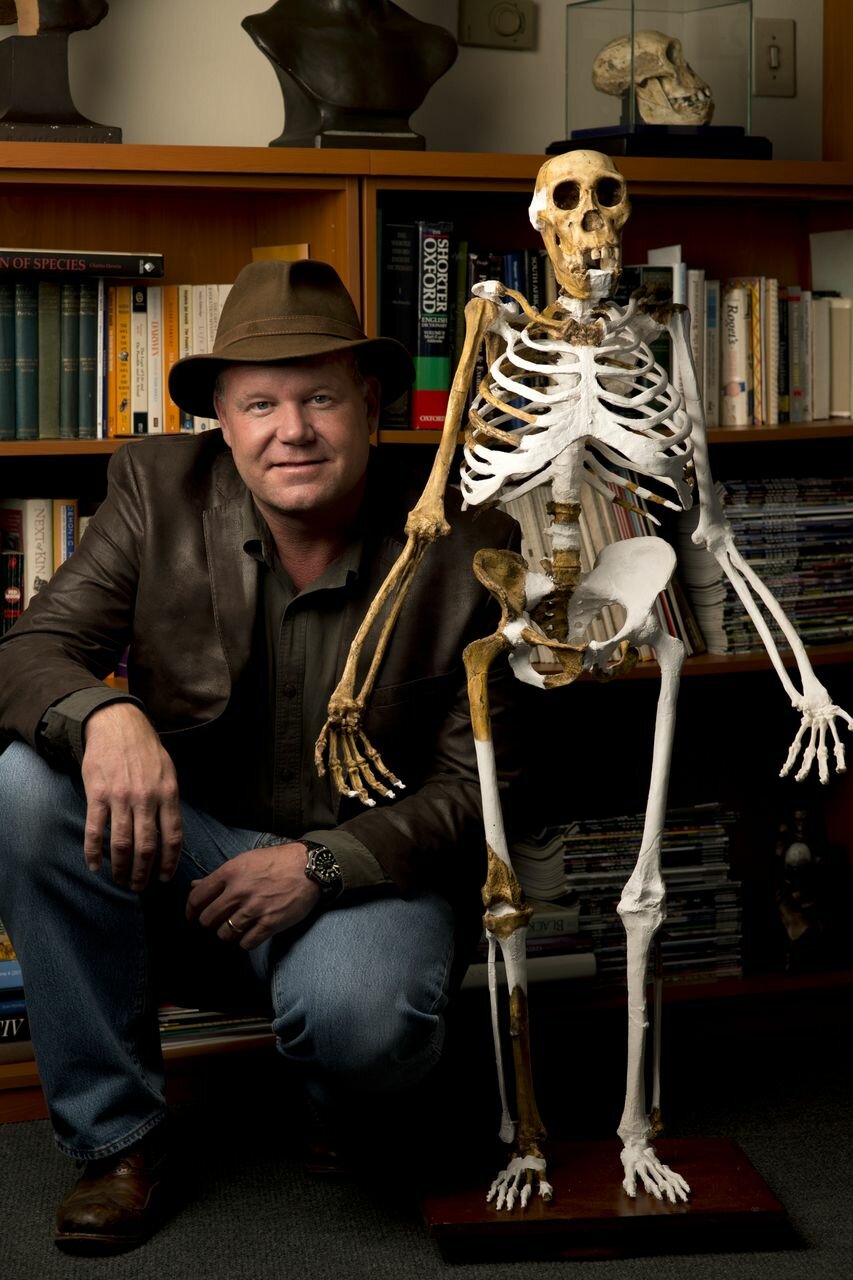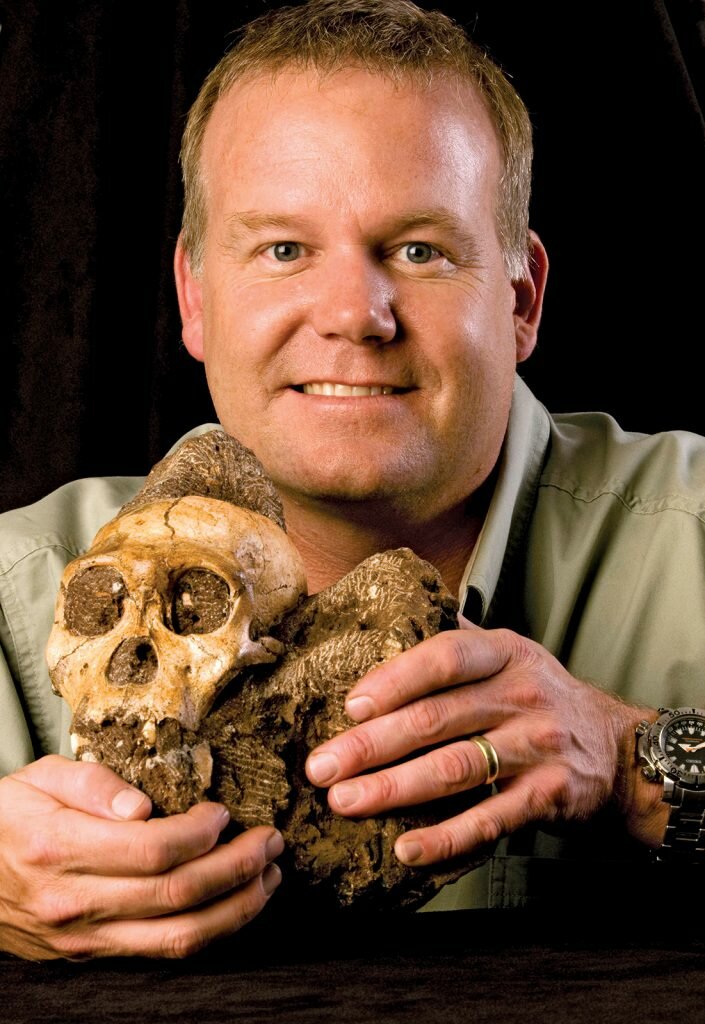
Australopithecus Sediba, The Biggest Discovery of Prof. Lee R. Berger
Australopithecus Sediba, The Biggest Discovery of Prof. Lee R. Berger – Lee L. Berger is a scientist who is famous for his discoveries about Paleoanthropology. He also made a great research on the history of modern humans. One of his greatest discoveries was discovering Australopithecus Sediba. Basically, Australopithecus Sediba is a species of Australopitechus that lives in the Pleistocene stage.
Origin of Australopithecus Sediba
While the history of online gambling goes back centuries before getting a modern twist in the form of a website the history of Sediba’s Australopithecus began when the Australopithecus Sediba fossils were discovered in the Malapa Cave. From the latest research, there are several facts about this species:
– Understanding the word “Sediba”
The word Sediba itself comes from the Sotho language which means Natural Spring. Another meaning of Sediba is good. The term local is very popular to be used in scientific research and findings.
– Fell to Death
The findings show that Sediba Australopithecus died in the Malapa cave about 2 million years ago. They fell into the cave and died in the cave. Research shows that this is the reason for the extinction of this species.
These findings form the basis for further research by Prof. Lee R. Berger. After discovering Astralopithecus Sediba, Prof. Lee R. Berger continued his research on the history of modern humans. Until finally research came to the bottom of Sediba’s Australopithecus morphology.

Morphologically related
After discovering the origin of Sediba’s Australopithecus, research now shows the morphological origin of Sediba’s Australopithecus itself. Based on Prof. Lee R. Berger’s research, Australopithecus Sediba is morphologically related to Homo Habillis and Australopithecus Africanus species that lived long before them.
– Homo Habillis
Homo Habillis is an ancient species of Homo that lived between 2.1 million years ago – 1.5 million years ago. This species lived in Getasian until the early stages of Calabria before it became extinct.
– Australopithecus Africanus
This species is a slim human body. In other words, Australopithecus Africanus is the closest ancestor of modern humans. This is also an extinction version of the Australopithecine species.
Both Australopithecus Sediba, Australopithecus Africanus, and Homo Habillis were essentially extinct around 2 million – 1.98 million years ago. But the findings may say something deeper than the number of ancestors of modern humans in this era.
The biggest discovery from Prof. Lee R. Berger continues to other parts of the invention. After becoming one of the National Geographic Explorer-in-Residence, he is still continuing other discoveries and exploring other caves to do other research. Australopithecus Sediba is one of the best inventions for all humans in this era. So, now we know who our direct ancestors are.
